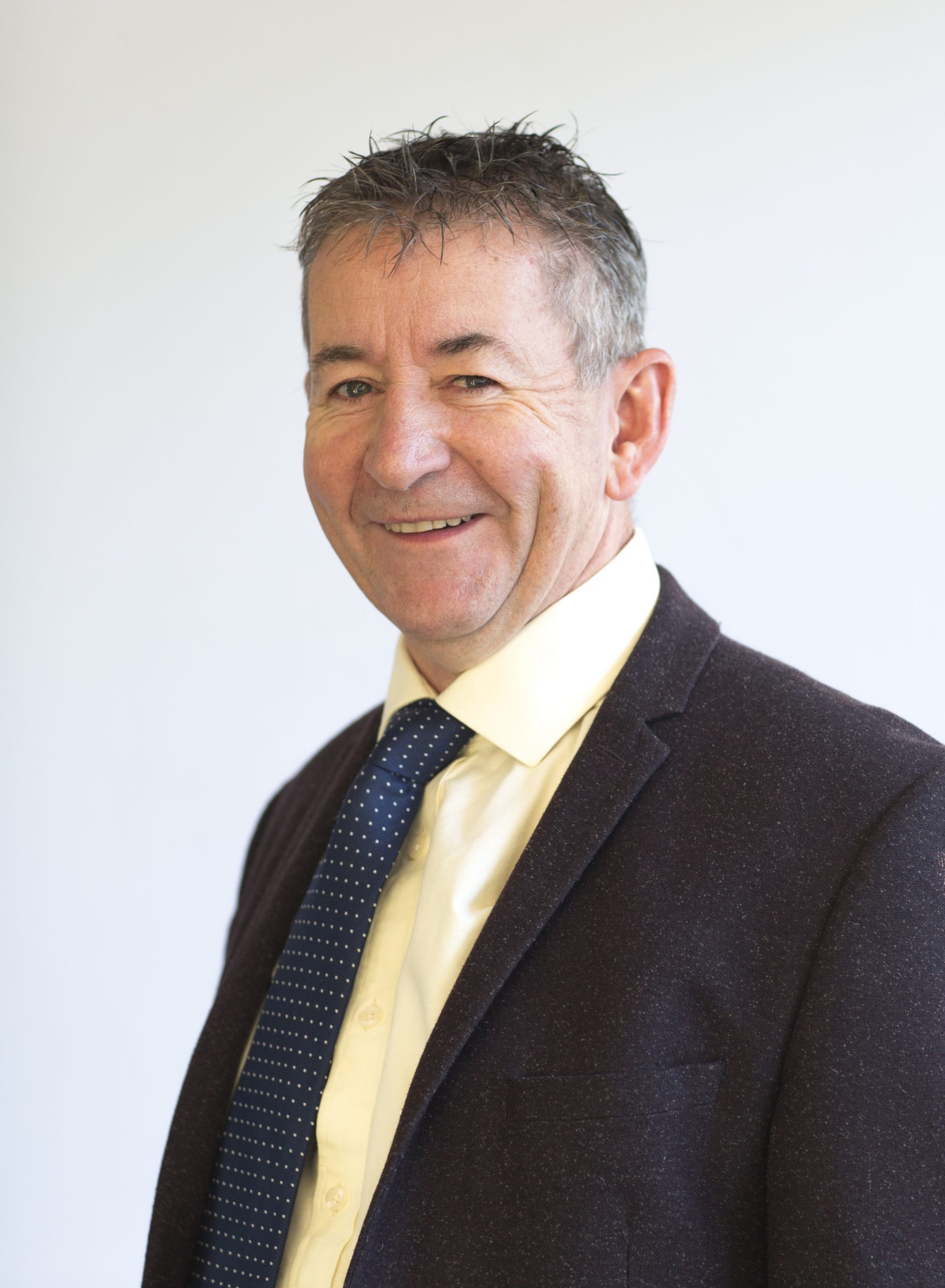Making houses available for the poorest in the world is a challenge, not because we can’t build small quality houses, but how we do that commercially, and facilitate the poorest to buy them when they have no formal income. You see, who will lend to a person who doesn’t have a wage slip to prove their ability to pay? That is the same the world over. And yet millions earn informal income – that income may be impacted seasonally but overall they earn regular annual income.
In my book The Accidental Social Entrepreneur I write of my work in Kenya:
In my view, the current slums will never really be replaced. They are communities, vibrant economies all of their own, and it would be wrong, an affront to the occupiers, to remove their homes and livelihood without consultation. But an affordable housing association scheme would create a choice, an attractive alternative, a safe environment, within a managed development, and most importantly it would represent an asset value for the poorest households.
So Johnny (made-up name) reads this, meets me and says; let me come to Kenya and see what you are doing. So I say; of course, I can book you into a fancy hotel, or you can come and stay with me in my flat, a little bit of a risk given that I have only just met Johnny. Jonny says, let me stay with you, so we go, he sees, we visit several potential projects, Jonny concludes he would like to finance the building of affordable houses in a town outside of Nairobi.
As we work on that, Johnny ends up financing the purchase of ¾ of an acre on which we have designed the construction of five blocks of 30 apartments of sizes:
Bed sitters 15m2
One bed flats 28m2
Two bed flats 45m2
In Kenya everybody transfers cash by mpesa. Mpesa is a system on the phone platform, backed by the banks. I transfer by mpesa, every month I get an mpesa statement. I save my mpesa statements on the computer, but the records of transactions are potentially there for a life time. So here is proof of income with no wage slip and no bank account.
Now lets come back to Johnny, having been impressed with what Hand in Hand do and wanting to support it, we then sit down and discuss investment terms. There are a lot of people out there who want to get into ‘impact’ investment, so you talk to them, you explain the ‘impact’, but the reality for most of these investors, is they still want 15%. It is understandable for the risk etc etc, but it tells you that the ‘impact’ is not the priority. Johnny says he will invest over three years at UK inflation rate per annum plus 40%. For those of you confused by that, what he is saying is, if inflation is 2% per annum, he doesn’t want his money devalued, so he wants to recover inflation plus the tax on the return, so that would make the lending rate 2% * 140% = 2.8%. Johnny’s rate of return is 2.8% per annum.
That my friends is ‘impact’ investing.
So we have the land, we have the design and we have the investment, still commercial but at a rate which is way below what any other investor would request.
And the lesson; just because you can’t see how it would work, isn’t a reason not to put it out there and inspire others. How will we make the houses available to the poorest, we haven’t worked through yet, but we are certainly further down the road than we were.
About the Author

Grant Smith is a quantity surveyor who has worked with international construction companies and managed his own consultancy practice in the UK for over thirty years. Grant is now the CEO of Hand in Hand Group and a director of a Kenyan construction company. He is professionally and personally committed to creating a commercial response to poverty. Grant is the chair of Hand in Hand Foundation.

